I have been doing admissions for therapeutic programs for over 15 years. I spend my days speaking with concerned parents and helping them decide whether or not Blue Ridge Therapeutic Wilderness might be a good option for their child. Choosing to send a loved one to a wilderness program is one of the most difficult decisions that a family will ever make. Having your child leave home is rarely easy, even under the best of circumstances. Parents are dealing with a struggling teen or young adult, the family system is stressed, they are looking at a huge financial commitment, and the uncertainty…well, of many things, and now they have to choose. Can we wait until Summer? Do they need this, really? Can they even handle it? What kind of punk kids will be there? Etc? Etc? Etc? There are endless questions, and the answers to some of them are concrete and straight-forward. But the truth is there are many, many difficult questions that have complex and nuanced answers. The purpose of this blog is to answer some of these questions, but also to help someone who is considering wilderness to think about some of the other, more difficult questions, in a pragmatic and meaningful way.
What I want to address first is not actually a question at all. In fact, most families I speak to never even ask, but I suspect many are worried about it, and it is, in my opinion, the most important thing for parents to know when thinking about a wilderness program. It is what I say to families, without exception, when I am asked after our initial conversation what else they should know about our program. Wilderness programs are not a punishment. This is true both in intention and practice. In fact, there is nothing even remotely punitive about this experience, and I believe this fact is overwhelmingly evident, even to angry teenagers, by the end of the very first day. There is a lot of misunderstanding out there about what therapeutic wilderness programs actually are, and much of it is perpetuated by otherwise bright, caring, and professional treatment providers. It is not malicious, it’s just a simple lack of exposure in most cases. What we do, intensive therapeutic work that requires emotional vulnerability, cannot possibly be achieved in an environment where the student feels as though they are being punished or are unsafe. In fact, that kind of transformational, life-changing progress can only be achieved in the context of a trusting relationship where one feels absolutely secure. In many cases, our students have not experienced the level of emotional safety among peers, or adults that they do while participating in our wilderness program. The trick is helping them trust in their ability to create that safety in the ”real-world.” Spoiler Alert: They can. And they do.


